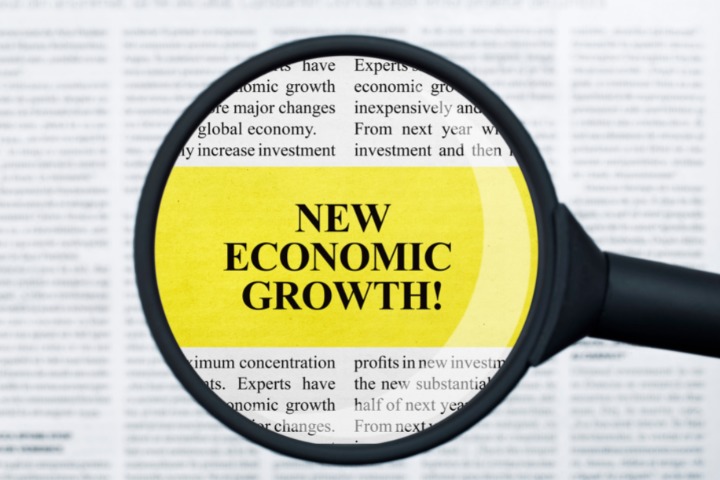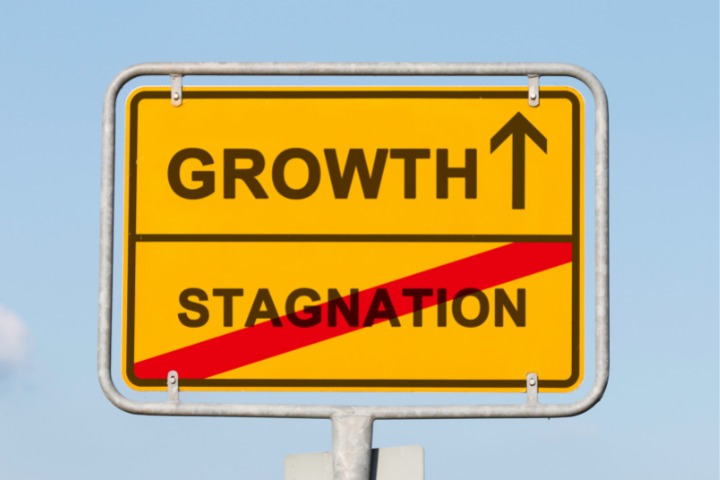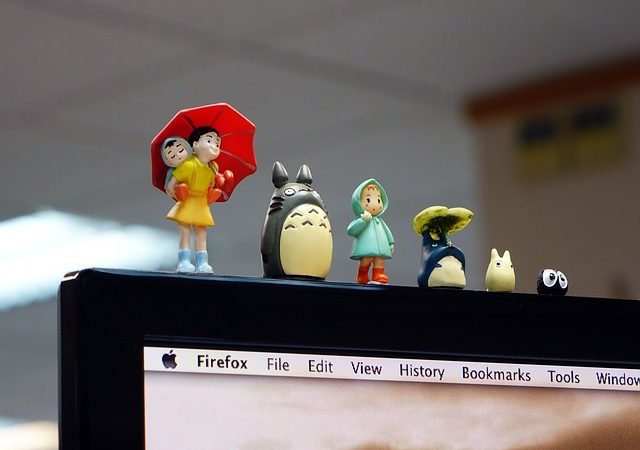Japan’s economic miracle from 1945 to 1991 is a phenomenon that has fascinated people worldwide. Japan went from a war-torn country to one of the world’s leading economic powers in just a few decades. However, the story of Japan’s economic growth is not without its twists and turns, and today the country faces economic challenges that are testing its resilience. This article will explore the history of Japan’s economic miracle’s history, its causes, and current challenges.
The Post-War Years: From Economic Devastation to Recovery

Image credit: Canva
After World War II, Japan was a devastated country. Its cities were in ruins, its infrastructure was destroyed, and its economy was in shambles. However, Japan’s post-war leaders were determined to rebuild the country and create a better future for their people. Japan’s economy began to recover through government policies, private investment, and hard work.
One of the key factors in Japan’s recovery was its focus on export-oriented manufacturing. Japan’s companies specialized in producing high-quality, low-cost goods such as electronics, automobiles, and steel. These products were in high demand in the post-war world, and Japan was able to capture a large share of the global market. Additionally, Japan’s government supported its companies through policies such as low-interest loans and tax incentives.
The Boom Years: From Recovery to Prosperity

Image credit: Canva
By the 1960s, Japan’s economy was snowballing. Its companies became global leaders, and its people enjoyed rising living standards. The 1970s and 1980s were particularly boom years for Japan, as its economy grew at an astonishing pace, to the point that it went from utter devastation to the third largest economy in the world. In fact, Japan was now competing with the number one economy in the world – the United States.
According to the Berkeley Economic Review, technological change, capital accumulation, increased labor quantity and quality, and international trade, all contributed to this rapid growth. Japan’s companies invested heavily in research and development, which allowed them to create new products and technologies. Additionally, Japan’s government supported research and development through policies such as tax incentives and research grants.
The Challenges of the 21st Century

Image credit: Canva
Today, Japan faces a new set of economic challenges. The country’s population is ageing rapidly, putting pressure on its social welfare system. Additionally, Japan’s companies face stiff competition from other countries, particularly China and South Korea. Japan’s government is also grappling with a large debt burden, which limits its ability to invest in new programs and initiatives. More concerningly, according to Harvard Business Review, Japan has deeply embedded issues within its companies. The seniority system promotes employees based on how long they have worked at the company rather than their merit. This discourages employees from laterally shifting to different companies as it would mean they would have to start over with the rigid promotion system and lose a chunk of their reputation. Even performance reviews are based more on the particular attitudes expected to be displayed within a company rather than the quality of work produced by an employee. Moreover, Japanese companies tend to take a little risk and prefer to fail rather than change the status quo, especially if it means going against the group. The bureaucracy moves in consensus, and even the politicians cannot go against the highly bureaucratic keiretsu system.
Another Economic Miracle? Looking Ahead
Japan is not without its strengths. Its companies remain leaders in many fields, including electronics, automobiles, and robotics. Japanese people are highly educated and hardworking, which gives the country a competitive advantage, even if the labour pool is vastly overworked. Overall, Japan’s economic miracle is a fascinating story of resilience, hard work, and innovation. As the country navigates the challenges of the 21st century, it will be necessary for its leaders to reform the highly bureaucratic system within companies and go against the tides to change the seniority promotion system that hinders meritocracy from advancing.
Related Articles
- Behind Japan’s Declining Birth Rate: More Women in Education and the Workforce?
- A Closer Look at Cool Japan
- Hikikomori: A Moral Panic in Japan
- Shinrin Yoku: The Japanese Experience of Forest Bathing
- Wabi-sabi: The Japanese Way of Finding Perfection in Imperfection
Behind Japan’s Declining Birth Rate: More Women in Education and the Workforce?
Featured image credit: Canva.com






